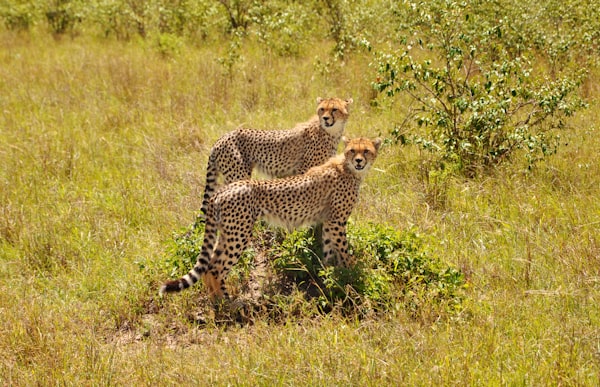India

India is a peninsula located in South Asia that has a population of approximately 1.5 billion people. India is a democratic country. In total, sixteen official languages are spoken in India, the main ones are Hindi, Bengali, Marathi.
It is bordered by Bangladesh (E), Bhutan (E), Myanmar(E), China(NE), Nepal(N), Pakistan (W), and Afghanistan (NW). It is also bordered by the Indian Ocean (SE, SW, S).
The capital city of India, is New Delhi, which is the home to approximately 43 million people. Some other important cities are: Mumbai (12.5 million), Bangalore (11 million), Kolkata or Calcutta (15.3 million).
Calcutta was the home of the British East India Company. It was founded in 1690 and lasted until the year 1873. Calcutta was the capital of British India from 1772 to 1911. Calcutta is home to the oldest electric tram system in Asia, it was built in 1902 and is still working +today.
The main industries of the country are Iron and Steel, Textiles, Jute, Sugar, Cement, Paper, Tourism, Petrochemical, Automobile, Information Technology (IT), and Banking & Insurance.
Some touristic attractions are:
- The Taj Mahal, in Agra, is probably the most well-known landmark in India. Constructed by the Emperor Shah Jahan between 1631 and 1648 as a mausoleum for his wife. It reaches at times 20 thousand to 40 thousand visitors per day.
- The Red Fort, in New Delhi, is named after the sandstone used in its construction. Built in 1648 by Shah Jahan, it covers more than two kilometers and has a giant moat. Two of its highlights are its two gates, the heavily decorated Delhi gate and the impressive Lahore Gate (the fort's main entrance), the first one being used in ceremonies.
- Another fort, the Amer Fort in Jaipur, was built in 1592 by Maharajah Man Singh I as a fortified palace. In the first courtyard, the Jaleb Chowk, can be found decorated live elephants.
India is home to the second-largest fortification wall in the world, Kumbhalgarh. The Kumbhalgarh is 36 kilometers long and stretches longer than Rhode Island; a state in America, which is around 32 km wide. Behind the Kumbhalgarh wall, many houses, numerous palaces, temples, and step-wells can be explored.
The Himalayas, a mountain range stretching throughout Asia, can be found partly in India. The mountain, Kangchenjunga, which is the third tallest in the world, is on the border between India and Nepal.
The most important physical features in India are:
- The Himalayan Mountains (Alpine Climate)
- The Northern Plains (Continental Climate)
- Indian Desert (Desert Climate)
- Peninsular Plateau (Semi-Arid in the north to Tropical)
- Coastal Plains (Temperate)
- 1,382 Islands (Tropical)
The Ganges River is the longest river in India. It is over 1,560 miles long. It originates in the Gangotri glacier in the Himalayas, about 14,000 ft above sea level. About 40% of Indians survive on this river by using its water. Every year, this river deposits 1.6 billion tons of sediment.
One of the most important events in Indian history was when India gained its independence from Great Britain in the year August 15, 1947.
Some foods that are grown in India are rice, wheat, millets, pulses, tea, coffee, sugarcane, oil seeds, cotton, and jute. One of my favorite foods made in India is the Naan bread.
One of my favorite animals that can be found in India is the elephant. Average males can grow between 1,800–4,500 kg. They are sometimes used for transportation and for carrying large burdens. Other animals that can be found in India are Bengal tigers, lions, snow leopards, clouded leopards, golden eagles, king cobras, etc.
Hinduism, Buddhism, and Jainism are three religions originating from India.
Most Hindus worship one "god" called “Brahman,” but still believe that there are many others and there are many ways to reach their deity.
Buddhists do not acknowledge any gods or goddesses but seek a path to enlightenment by utilizing morality, meditation and wisdom.
People who practice Jainism (the Jain) believe that the goal of life is the complete perfection and purification of the soul through nonviolence to all living creatures.




